India is now a major power in the skies, ranking among the top five countries in the world. The Indian Air Force, the IAF, has a large fleet of about 1,750 planes, with around 900 of them being fighter jets ready for combat.
They've recently made some big purchases, like the $7.4 billion deal for 26 Rafale fighter jets, which will strengthen our air power.
When it comes to protecting their country, India has a wide range of advanced systems. The tri-nation already has the S-400 Triumph system, which can hit targets up to 400 km away.
It has also developed its own Akash-NG missile, which can reach targets at 70–80 km. Working with Israel, they've created the Barak 8 system, which can defend against threats from medium to long distances.
For closer threats, they're developing the VSHORAD system and are planning to get 500 launchers and 3,000 of these missiles. India is also making fast progress in hypersonic missile technology.
India has successfully tested a missile that can travel faster than five times the speed of sound (Mach 5) and can go beyond 1,500 km.
Check Out| List of Top 10 Best Fighter Jets in the World
1. Long-Range Air Defence Systems in India
The Indian Ballistic Missile Defence Programme is a multi-tiered initiative developed to intercept incoming ballistic missiles at both high and low altitudes. It comprises two key interceptor systems:
I. Indian Ballistic Missile Defence Programme

Source: ClearIAS
The Indian Ballistic Missile Defence Programme is a multi-tiered initiative developed to intercept incoming ballistic missiles at both high and low altitudes. It comprises two key interceptor systems:
i) Prithvi Air Defence (PAD) Missile
 Missile.jpg)
Source: Defence Direct Education
- Type: Exo-atmospheric interceptor
- Range: 300–2,000 km
- Max Interception Altitude: 80 km
- Speed: Mach 5+
- Guidance: Inertial navigation with LRTR updates and terminal radar homing
- Radar: LRTR – Tracks 200 targets at 600 km
- Tested: First successful interception in 2006
ii) Advanced Air Defence (AAD) Missile
 Missile.jpg)
Source: The Defense Post
- Type: Endo-atmospheric interceptor
- Range: 150–200 km
- Max Interception Altitude: 30 km
- Speed: Mach 4.5
- Guidance: Inertial navigation with active radar seeker
- Role: Intercepts targets that penetrate the PAD layer
2. Medium- and Short-Range Missile Systems (less than 100 km)
India employs several surface-to-air missile (SAM) systems for intercepting aircraft, cruise missiles, and UAVs. These are operated by both the Indian Army and Air Force.
i) Akash Air Defence System
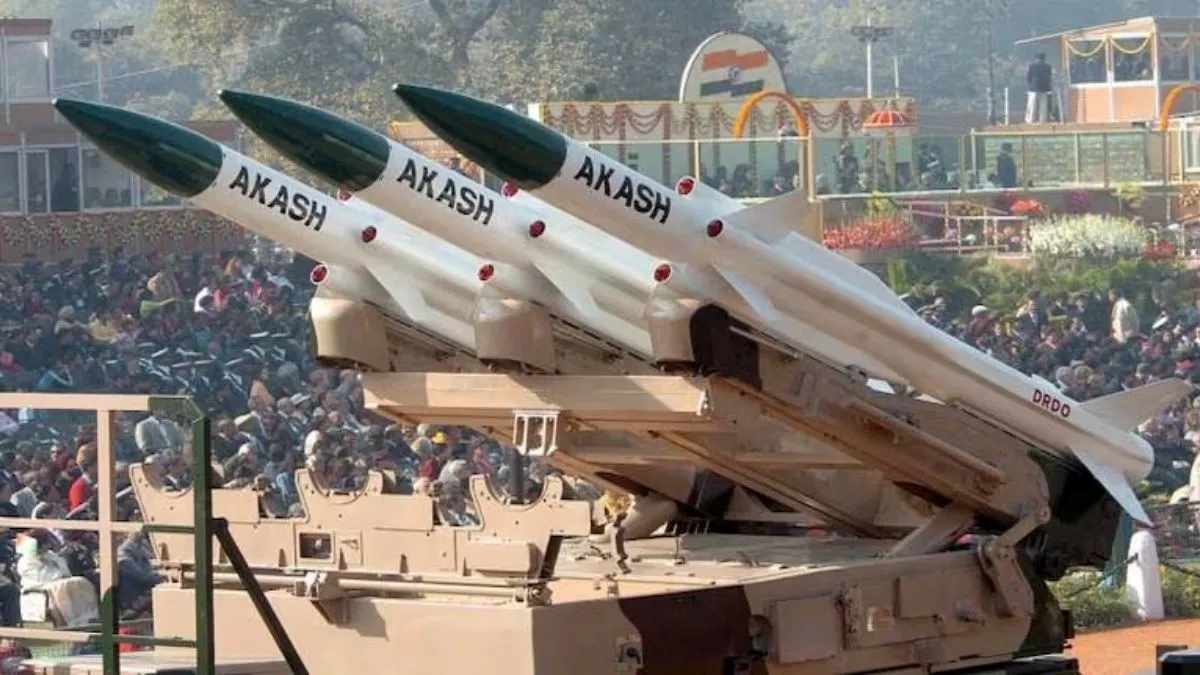
Source: The Financial Express
- Range: Up to 45 km
- Speed: Mach 3.5
- Guidance: Mid-course command guidance, terminal active radar homing
- Warhead: 60 kg HE-fragmentation
- Platforms: T-72, BMP-2, Tata trucks
- Deployment: 8 IAF squadrons, 2 Army regiments
ii) SPYDER (Israel)
.jpg)
Source: Global Defense Corp
- Type: Quick-reaction low-level defence system
- Missiles: Python-5 (20 km), Derby (50 km)
- Radar: EL/M-2106 (SR) or EL/M-2084 (MR)
- Guidance: Infrared (Python-5), Active Radar (Derby)
- Deployment: 1 squadron in service, 4 more on order
iii) 2K12 Kub (Kvadrat)
.jpg)
Source: Tank-AFV
- Origin: Soviet
- Range: 24 km
- Altitude: 100 m – 14,000 m
- Guidance: Semi-active radar homing
- Speed: Mach 2.8
iv) Barak 8 (LR-SAM/MR-SAM)

Source: Broadsword by Ajai Shukla
- Range: 0.5–100 km
- Altitude: Up to 16 km
- Speed: Mach 2
- Guidance: Two-way datalink, Active/IIR seeker
- Operators: Army, Air Force, Navy
- Notable Deployment: Ladakh against China
v) QRSAM (Quick Reaction SAM)
.jpg)
Source: DrishtiIAS
- Range: 3–30 km
- Altitude: 30 m – 6 km
- Speed: Mach 4.7
- Guidance: INS + data link, terminal active radar seeker
- Mobility: Mounted on BEML-Tatra 8WD trucks
- Deployed: In Ladakh
3. Legacy and Supplementary Systems
i) S-125 Pechora

Source: Military Watch Magazine
- Origin: Soviet
- Range: 30 km
- Speed: Mach 3–3.5
- Deployment: 25 squadrons
ii) 9K33 Osa-AK
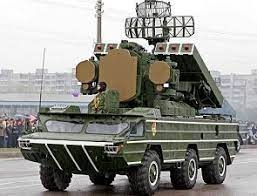
Source: Army Recognition
- Range: 15–18 km
- Altitude: Up to 12 km
- Missiles: 6 per TELAR
- Radar: Integrated plus external early-warning radars
iii) S-200 Angara (Retired)
.jpg)
Source: Air Power Australia
- Range: 300 km
- Altitude: Up to 40 km
- Status: Likely retired in 2015
4. Very Short Range Air Defence (VSHORAD) Systems
These are the last line of defence and are often deployed with front-line troops.
i) 9K35 Strela-10
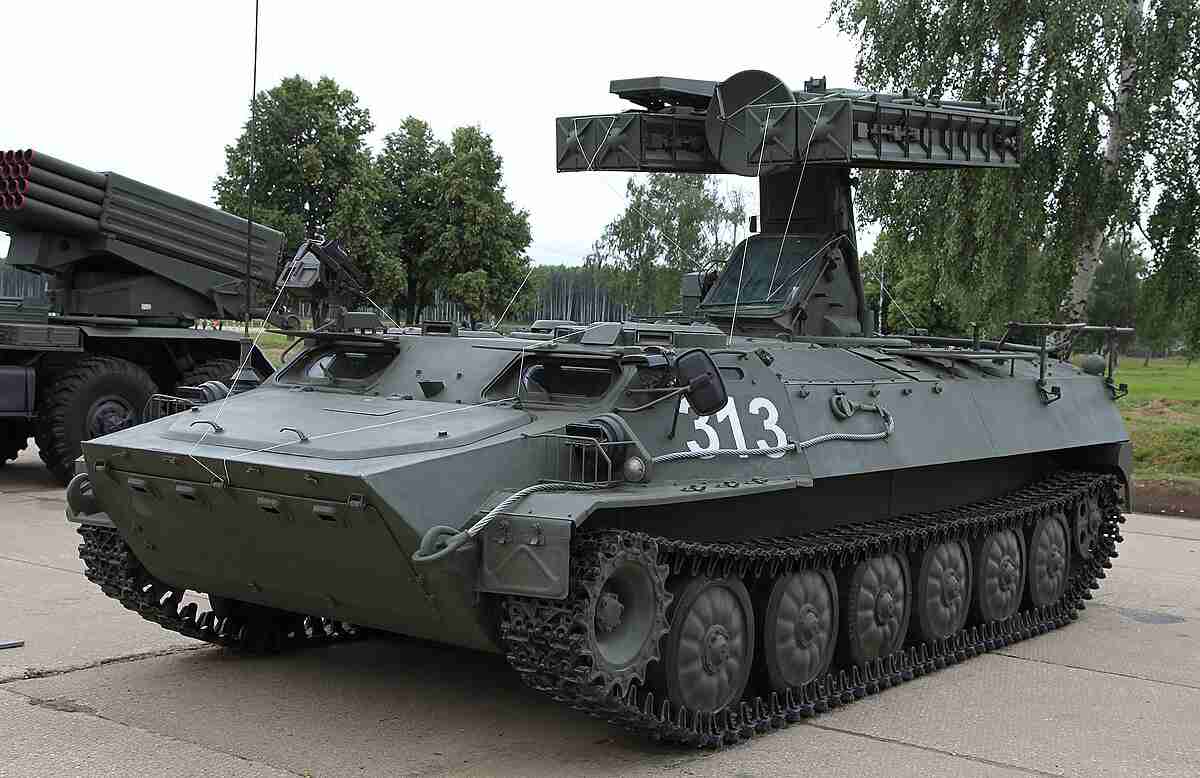
Source: Wikipedia
- Range: 5 km
- Altitude: 3.5 km
- Speed: ~Mach 2
- Guidance: IR/optical seeker
ii) 2K22 Tunguska
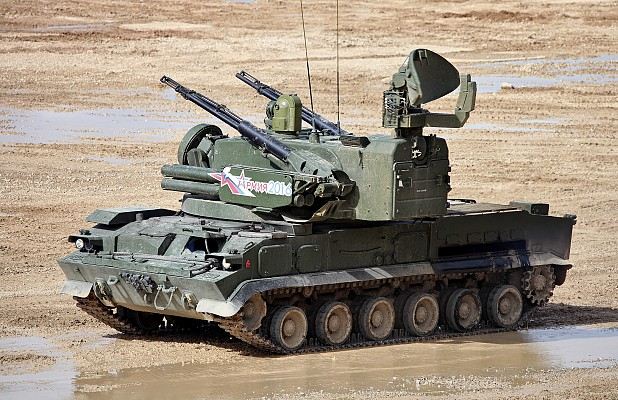
Source: Weaponsystems.net
- Armament: 30mm twin cannons + 8 SAMs
- Missiles: 9M311 series
- Vehicle Speed: 65 km/h
- Radar: Integrated tracking and targeting
iii) ZSU-23-4 Shilka
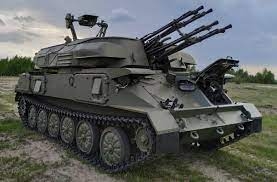
Source: Белспецвнештехника
- Guns: 4 × 23 mm
- Type: Radar-guided SPAAG
- Used by: Indian Army in limited numbers
iv) ZU-23-2

Source: Army Recognition
- Type: Towed twin 23mm autocannon
- Effective Range: ~2.5 km
- Rate of Fire: 2,000 rpm cyclic
v) Bofors 40 mm Gun

Source: Naval History and Heritage
- Calibre: 40 mm
- Range: 12.5 km max
- Used by: Indian Army (in small numbers)
vi) KPV Heavy Machine Gun
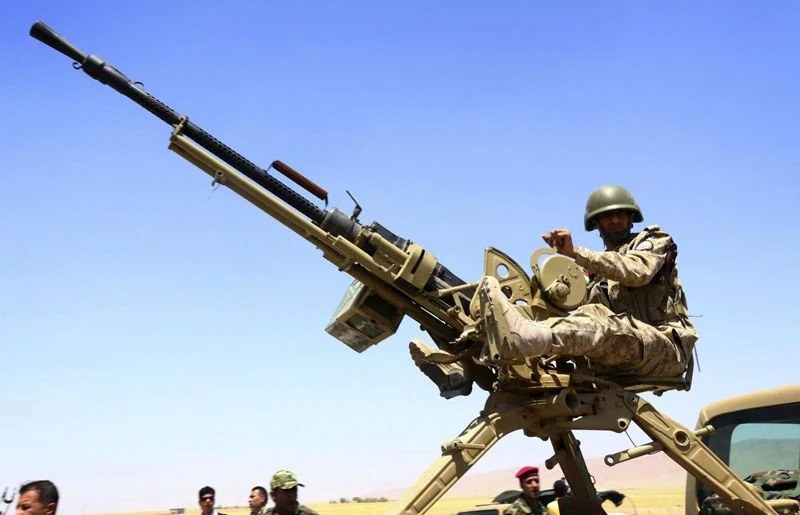
Source: Navalpunk Wiki
- Calibre: 14.5 mm
- Use: Anti-aircraft and anti-materiel
What Makes the Akash Air Defence System a Game-Changer for India? Everything You Need to Know
India is in the process of modifying its air defence capabilities with local systems to protect against aerial threats, especially from Pakistan. One of the components of this effort is the Akash Air Defence System.
What is the Akash System?
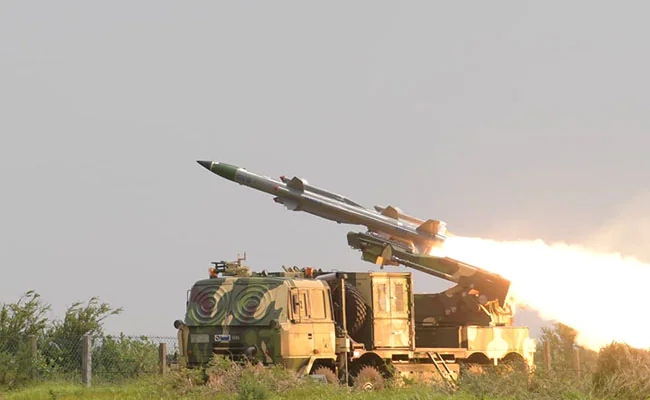
Source: NDTV
The Akash has been developed by the Defence Research and Development Organisation (DRDO) and manufactured by Bharat Dynamics Limited (BDL) and Bharat Electronics Limited (BEL). It has become the backbone of India's air defence system.
The Akash is a medium-range surface-to-air missile system designed to protect vital areas from aerial attacks. It can strike targets at distances of up to 45 kilometres and altitudes between 4 and 25 kilometres.
- Type: Medium-range surface-to-air missile (SAM)
- Range: Up to 45 km
- Altitude engagement: 4–25 km
- Targets: Fighter jets, cruise missiles, UAVs, air-to-surface missiles
- Radar: Rajendra 3D phased array can track 64 targets and guide 12 missiles simultaneously
- This makes the Akash ideal for contested airspace where multiple threats must be managed at once.
1. Advanced Guidance and Variants
The Akash uses a dual-guidance system:
- Command guidance during mid-course
- Active seeker during the terminal phase
i) Akash-1S:
- Range: 18–30 km
- Uses hybrid guidance for higher accuracy
- Successfully tested in 2020 and 2019 against Banshee drones
ii) Akash-NG:
- Next-generation version
- Extended range beyond 70 km
- Better ECCM (Electronic Counter-Countermeasures) for jamming resistance
2. Effective Against Pakistani Threats
Pakistan’s air arsenal includes:
- F-16s, JF-17s, and Mirage jets
- Turkish Bayraktar TB2 drones
- Chinese CH-4 and Wing Loong II drones
The Akash is well-suited to counter these:
- It uses a 60 kg high-explosive warhead and proximity fuse to destroy jets at 30–45 km
- Its radar and seeker help it detect and shoot down drones before they launch missiles
- In a 2023 drill, 4 UAVs were neutralised simultaneously at 25 km
- Demonstrated ability to stop swarms or coordinated drone attacks
3. Mobility and Integration
- Akash is mobile and fits on wheeled or tracked platforms
- Integrates with other systems like S-400, Barak-8, and Zen anti-drone platforms
- Protects infrastructure at the Line of Control (LoC) and International Border (IB)
- Especially useful against Pakistan’s drone use in Jammu and Punjab
4. Production and Exports
- As of 2016, BDL was making 50–60 missiles/month
- Exports include a $720 million deal with Armenia for 15 Akash systems
- Replaced imports worth ₹34,500 crore in foreign exchange
- Helps India sustain high readiness during conflict
5. Why It Matters
- Pakistan uses advanced drones like TB2, CH-4, Wing Loong II, and the new Shahpar II
- These drones have been proven in conflicts like Nagorno-Karabakh and Yemen
- However, their slow speeds and lack of stealth make them vulnerable to Akash
- India’s use of Akash and systems like the Rajendra radar boosts defence against jets and drones
What is the S-400 Advanced Air Defence System? Check Cost, Features, & Capabilities
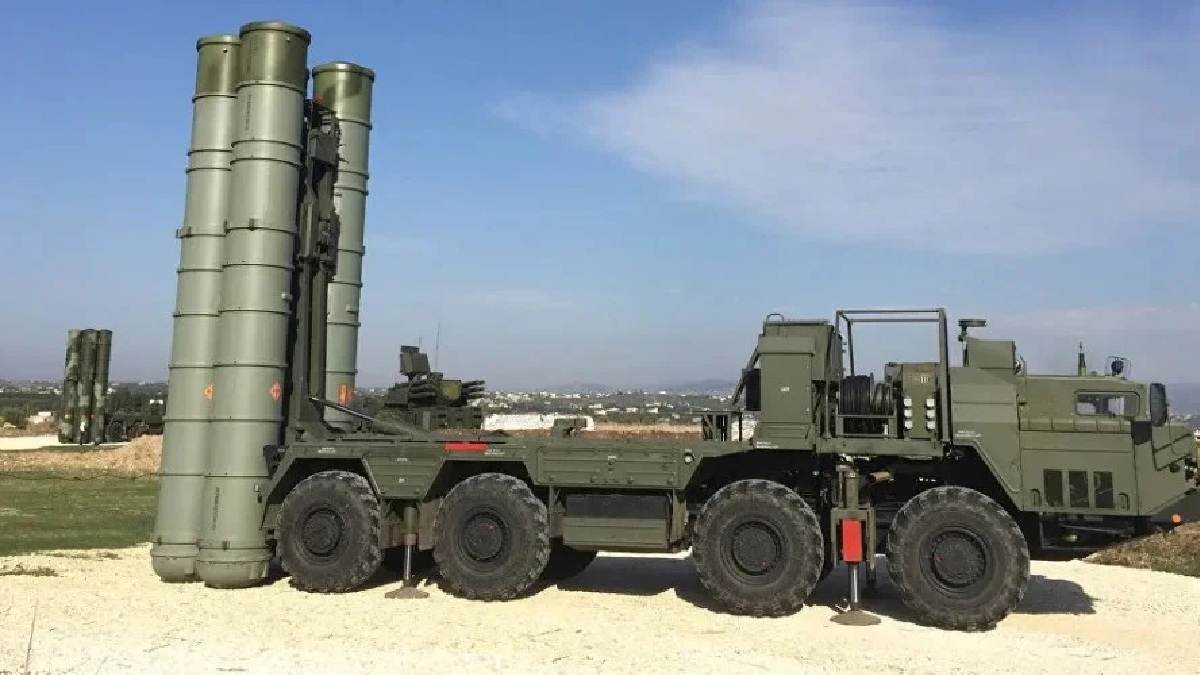
Source: OneIndia
The S-400 Triumf (NATO: SA-21 Growler), known in India as the S-400 Sudarshan Chakra, is a highly advanced, long-range surface-to-air missile (SAM) system developed by Russia’s Almaz-Antey.
It is considered one of the most formidable air defence systems in the world, designed to counter a wide spectrum of aerial threats, including aircraft, drones, cruise missiles, and ballistic missiles.
Key Features and Capabilities
1. Detection & Tracking:
- Can detect and track up to 300 targets simultaneously.
- Maximum detection range: 600 km.
- Simultaneously engages up to 36 targets and guides up to 72–160 missiles at once.
- Equipped with advanced phased-array and panoramic radars for 360-degree coverage, including detection of stealth aircraft.
2. Missile Types & Ranges:
- 40N6E: Up to 400 km range, active/semi-active radar homing, can intercept at altitudes up to 30–35 km.
- 48N6DM/48N6E3: Up to 250 km range, semi-active radar homing, altitude up to 27 km.
- 9M96E2: Up to 120 km range, active radar homing, altitude up to 30 km.
- 9M96E: Up to 40 km range, active radar homing, altitude up to 20 km.
- All missiles are capable of intercepting high-speed targets, including ballistic missiles and manoeuvring aircraft.
3. Engagement Envelope
- Maximum target speed: Mach 14 (up to 4.8 km/s or 17,000 km/h).
- Altitude coverage: Up to 30–35 km (edge of space).
- System response time: 9–10 seconds.
4. Mobility & Deployment
- Fully mobile; can redeploy and be ready for operation within 5 minutes.
- Each squadron includes multiple launchers, radars, and command vehicles.
- Integrated into networked air defence grids for layered protection.
5. Cost
- Approximate cost per battalion (7–8 launchers): $200 million.
- India signed a deal for five squadrons at ₹35,000 crore (about $5.5 billion).
Operational Role and Impact
- Layered Defence: The S-400’s ability to fire different missile types allows it to create a multi-layered air defence shield, engaging threats at varying ranges and altitudes.
- Electronic Warfare Resilience: Advanced radars and electronic protection measures make it effective even in contested, jamming-heavy environments.
- Deterrence: Its presence has forced adversaries to alter their operational tactics, as seen with Pakistan relocating its F-16s to avoid the S-400’s engagement envelope.
- Strategic Value: Considered ahead of many Western systems, including the US THAAD, for operational deployment and versatility.
In a Nutshell
| Feature | Specification/Detail |
| Max Detection Range | 600 km |
| Max Engagement Range | 400 km (40N6E missile) |
| Altitude Coverage | Up to 30–35 km |
| Max Target Speed | Mach 14 (17,000 km/h) |
| Simultaneous Targets | 36 engaged, up to 160 missiles guided |
| Response Time | 9–10 seconds |
| Mobility | Ready in 5 min (from March), 35 sec (standby) |
| Cost (per battalion) | $200 million |
| Missile Types | 40N6E, 48N6DM/E3, 9M96E2, 9M96E |
| Guidance | Semi-active/Active radar homing |
| Country of Origin | Russia |
| Indian Designation | S-400 Sudarshan Chakra |
Full List of Drones, Missiles & Military Weapons Used in Operation Sindoor Against Pakistan
Operation Sindoor, launched on May 7, 2025, was a precision strike operation by the Indian Armed Forces targeting terrorist infrastructure across nine locations in Pakistan and Pakistan-occupied Kashmir (PoK). The operation was a response to the Pahalgam terror attack that claimed 26 lives on April 22, 2025.
1. SCALP/Storm Shadow
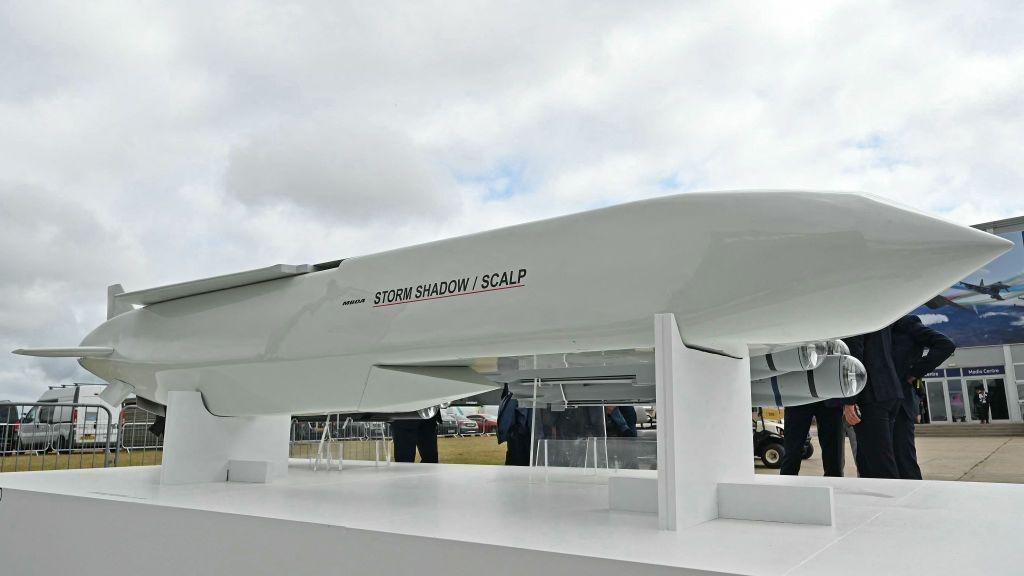
Source: BBC
- Type: Long-range, air-launched cruise missile
- Range: Approximately 250 kilometres (export variant)
- Launch Platform: Likely deployed from Rafale fighter jets
- Guidance: GPS and terrain reference navigation systems
- Operation Role: Used for striking high-value targets during Operation Sindoor
- Developer: European missile consortium, MBDA
2. HAMMER Missile
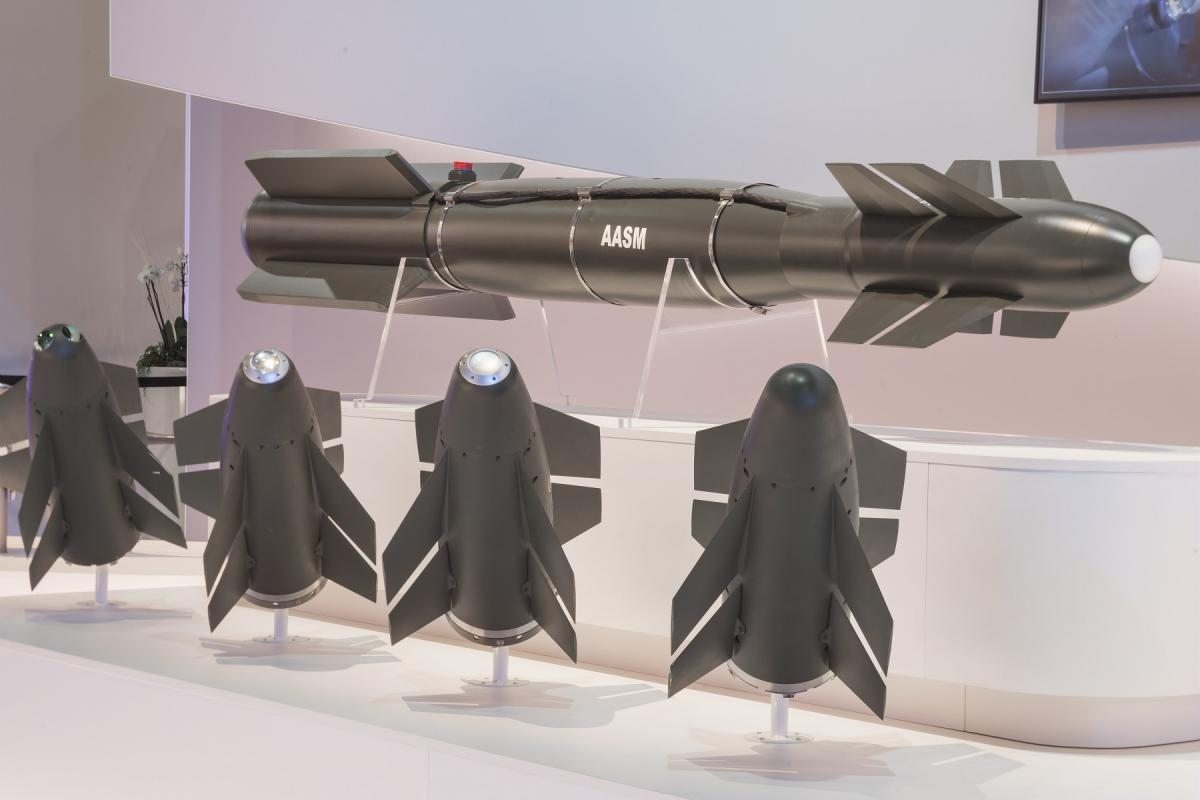
Source: Safran
Full Name: Highly Agile Modular Munition Extended Range (HAMMER)
Type: Precision-guided bomb system
Range: Up to 70 kilometres (when released at optimal altitude and high velocity)
Variants Used:
- SBU-38 (INS/GPS version)
- SBU-64 (INS/GPS/IIR version)
- SBU-54 (INS/GPS/SALH version)
Operation Role: Precision strikes against terrorist infrastructure
3. HAROP/HARPY Drones
- Type: Loitering munition/anti-radiation drone
- Primary Function: Targeting and disabling enemy air defence systems
- Operation Role: Successfully deployed to neutralise Pakistani air defence systems in the early stages of Operation Sindoor
- Distinctive Feature: Autonomous operation capability
4. Kamikaze (Loitering Munition) Drones
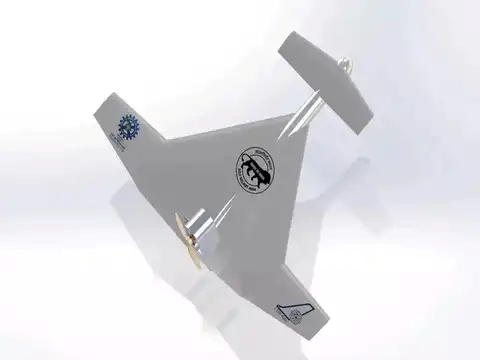
Source: The Economic Times
During Operation Sindoor, India made significant use of kamikaze drones-also known as loitering munitions-for precision strikes against terror infrastructure in Pakistan and Pakistan-occupied Kashmir. These drones played a crucial role alongside cruise missiles and precision-guided bombs.
1. SkyStriker Suicide Drones
- Origin: Jointly developed by Alpha Design Technologies (Bengaluru, India) and Elbit Systems (Israel).
- Type: Loitering munition / Kamikaze drone.
- Warhead: 5–10 kg high-explosive payload.
- Range: Up to 100 km.
- Endurance: Can loiter over a target area before striking.
- Guidance: Autonomous or remote human control, with real-time video feed.
- Role in Operation: Used for pinpoint strikes on terror camps, radar systems, enemy drones, and launch pads.
Key Features:
- Silent approach and strike capability.
- Small radar signature, aiding in evading enemy air defences.
- Direct-fire aerial precision attacks.
- First operational use in Operation Sindoor.
2. LMS (Low-Cost Miniature Swarm) Kamikaze Drones
- Origin: Developed by DRDO and private Indian partners.
- Type: Swarm-capable loitering munition.
- Range: Comparable to SkyStriker (up to 100 km).
- Warhead: approx. 5–10 kg
- Role in Operation: Used in swarm tactics to overwhelm air defences and deliver precision strikes.
Key Features:
- Swarm deployment for simultaneous attacks.
- Cost-effective, indigenous technology.
- Two-way communications and live video feed during strikes.
3. Nagastra-1 Loitering Munition
- Origin: Developed by Solar Industries, Nagpur, India.
- Payload: 1 kg explosive warhead.
- Guidance: GPS-enabled, with strike accuracy within 2 meters of the target.
- Role in Operation: Deployed for precision strikes with minimal collateral damage.
- Order Size: Initial order of 120 units, with a total projected order of 420 for the Indian Army.
Key Features:
- Blends surveillance with strike capability.
- Designed for search-and-destroy missions and counter-terror operations
What is Project Kusha? India to Develop Advance Air Defence System That Can Counter Mach 7 Threats
Project Kusha is a major indigenous air defence initiative led by India’s Defence Research and Development Organisation (DRDO). Its primary goal is to develop a long-range, multi-layered surface-to-air missile (SAM) system capable of countering advanced aerial threats, including hypersonic weapons traveling at speeds up to Mach 7 (about 8,645 km/h).
Key Features and Capabilities
- Mach 7 Interception: Project Kusha is specifically designed to intercept and neutralize high-speed threats such as anti-ship ballistic missiles (ASBMs) that travel at Mach 7, a capability critical for modern naval and air defence.
- Multi-Layered Defence: The system will fill the operational gap between India’s current MR-SAM (80 km range) and the Russian S-400 Triumf (400 km range), providing a comprehensive shield against a wide spectrum of threats.
Three Interceptor Missiles:
- M1: 150 km range, Mach 5.5 speed, based on the Akash-NG airframe, effective against stealth fighters, cruise missiles, drones, and precision-guided munitions.
- M2: 250 km range, naval variant capable of intercepting Mach 7 ASBMs, enhancing warship protection.
- M3: 350 km range, designed for upper-tier ballistic missile defence and targeting large platforms like AWACS.
- Advanced Guidance and Radar: Each interceptor is equipped with Active Electronically Scanned Array (AESA) seekers, infrared (IR), and radio frequency (RF) guidance for precise targeting and high maneuverability. The system also features advanced long-range surveillance and fire control radars.
- Interoperability: Project Kusha is designed to work seamlessly with the Indian Air Force’s Integrated Air Command and Control System (IACCS) and the S-400, allowing for radar data sharing and coordinated interception tactics.
Development and Deployment Timeline
- Development Partners: Bharat Electronics Limited (BEL) is a key development and integration partner, focusing on radars and control systems.
- Testing and Trials: The M1 interceptor is in the fabrication stage, with prototype development expected to be completed within 12 to 18 months, followed by user trials lasting 12 to 36 months.
- Deployment: The system is expected to be operational with the Indian Air Force and Navy by 2028–2029.
- Budget and Sanction: The project was cleared by the Cabinet Committee on Security in May 2022, with an initial allocation of Rs 21,700 crore (about US$2.6 billion) for five squadrons.
Strategic Importance
- Bridging Capability Gaps: Project Kusha will supplement existing systems like the Indo-Israeli Barak 8, Russian S-400, and India’s own Ballistic Missile Defence (BMD) system, providing a robust, indigenous solution for both land and naval forces.
- Countering Global Threats: The system is a direct response to the proliferation of hypersonic and anti-ship ballistic missiles, particularly those developed by countries like China (e.g., DF-21D “carrier killer”).
- High Kill Probability: The system aims for a single-shot kill probability of at least 80%, rising to over 90% in salvo mode.
Comparative Edge
Project Kusha aims to compete with top-tier global air defense systems like Russia's S-400, the US THAAD, and Israel's Iron Dome. What sets it apart is that it's entirely indigenous and specifically designed to meet India's strategic requirements.
What's Next| Which is the Most Powerful Military Tank in the World? List of Top 10 Best Military Tanks in the World
Comments
All Comments (0)
Join the conversation